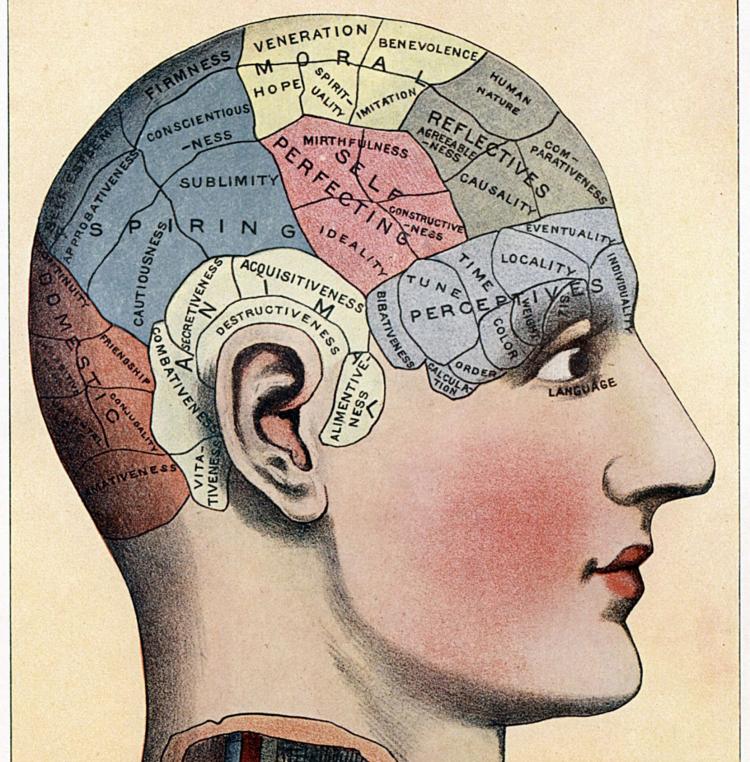Implementing 4 Types of Memory in your Classroom

The following material was adapted from 10 Best Teaching Practices by Donna Walker Tileston, published by Corwin Publishers.
1. Semantic Memory
Semantic memory holds information learned from words, symbols, and abstractions and must be rehearsed repeatedly in order for us to remember it. There are two common types of rehearsal that can be practiced:
1) Rote rehearsal: memorization and repeated rehearsal over time when the answer is always the same. Ex. 2+2=4
2) Elaborative rehearsal: actually thinking about the meaning of the term to be remembered. Ex. Find out what it means, what its purpose is, how it relates to different things, etc.
This type of memory is the hardest to retrieve from our long-term storage because it requires so much to memorize it. Different activities that can be used in the classroom to aid students in triggering their semantic memories are:
- Peer teaching – talking to each other about what they learned
- Categorizing information – this allows students to relate what they are learning to a topic
- Visual reflections – by making your classroom reflect the unit you are teaching, students are able to tie thoughts together through association
- Tell stories – by incorporating information into stories, students can more easily remember things because stories are fun and imaginative
2. Episodic Memory
Episodic memory is when we learn based on context and location. For example, if we are taught something in one classroom and are then required to go to another to write a test on that material, it can pose as a difficulty because we have associated the information with a specific location. Some techniques that can be used to help students activate their episodic memories are:
- Display the information around the classroom
- Use colours and symbols
- Use pictures and animations
These techniques give students the option of, for example, thinking about a certain topic they learned and then connecting it to the colour of paper it was displayed on. This will then delve into their episodic memory.
3. Sensory Memory
Sensory memory is enhanced through physical activity, manipulation, and role playing. It forces all of the senses to focus on the activity your body is partaking in, thus remember it. Repetition and rehearsal is key for this type of memory. For example, driving a car and riding a bike are two things that are never forgotten because it has been done so many times that it becomes procedural. Eventually, you don’t even have to think about it to do it. Some teaching strategies that can be used to initiate this memory are:
- Role playing
- Debates
- Group activities
- Drama
4. Reflective Memory
Reflective memory is exactly what it sounds like; reflecting on certain things and, in turn, triggering stimuli. This type of memory is emotionally driven. For example, if someone is rude to you in the schoolyard and you are taken back by it, you will remember it for a long time, and any other time something similar happens, you will reflect back on that initial occurrence.

I have found this summary very useful and it gave me some things to reflect on and read more about. Using various strategies, to my view will, enhance the chance of retaining information and improve learning.